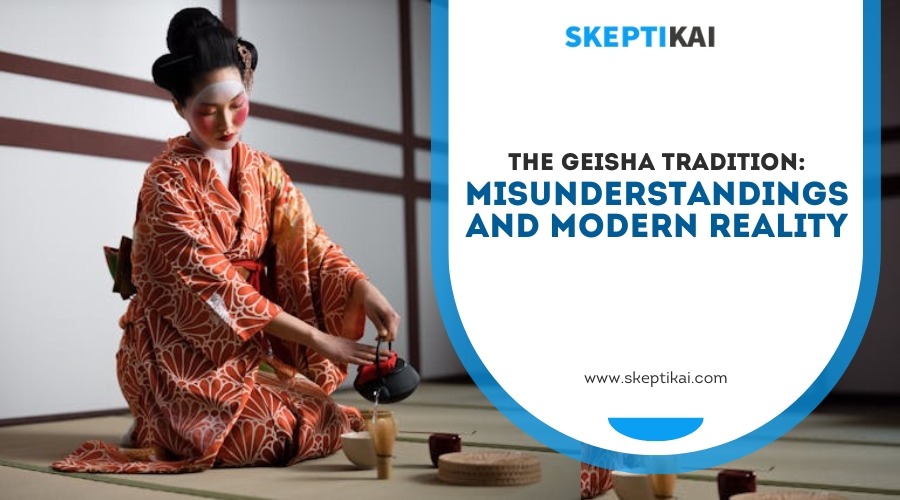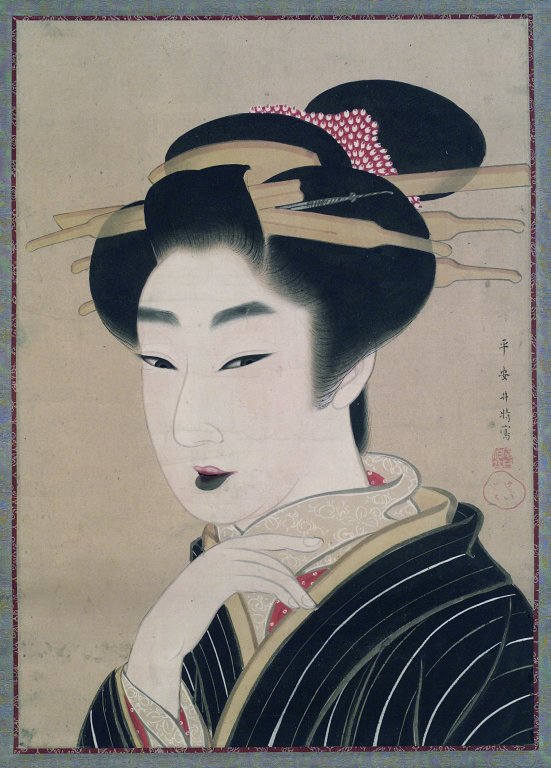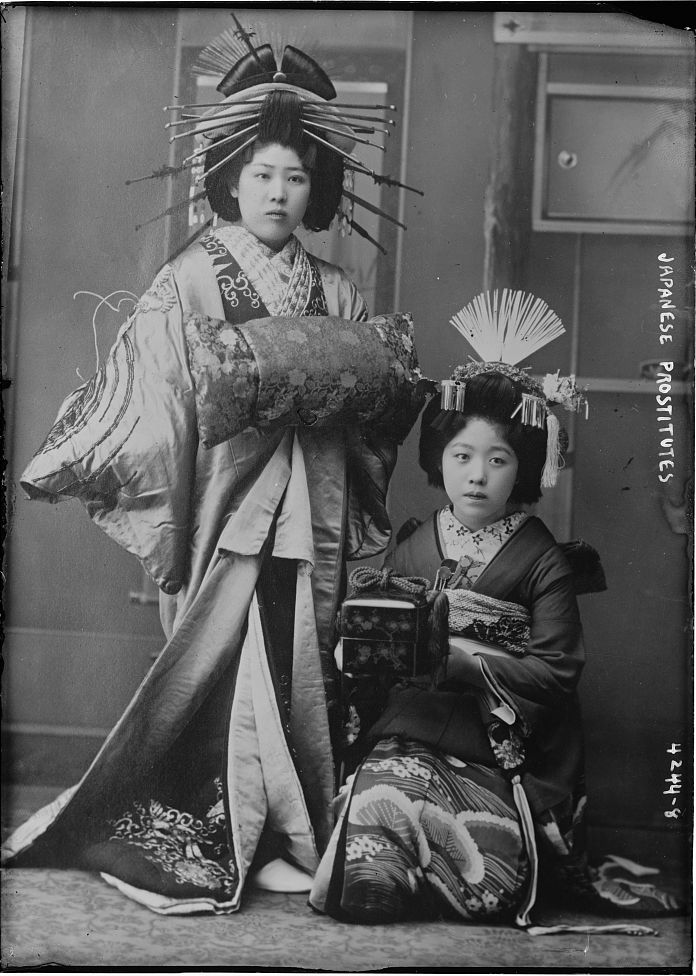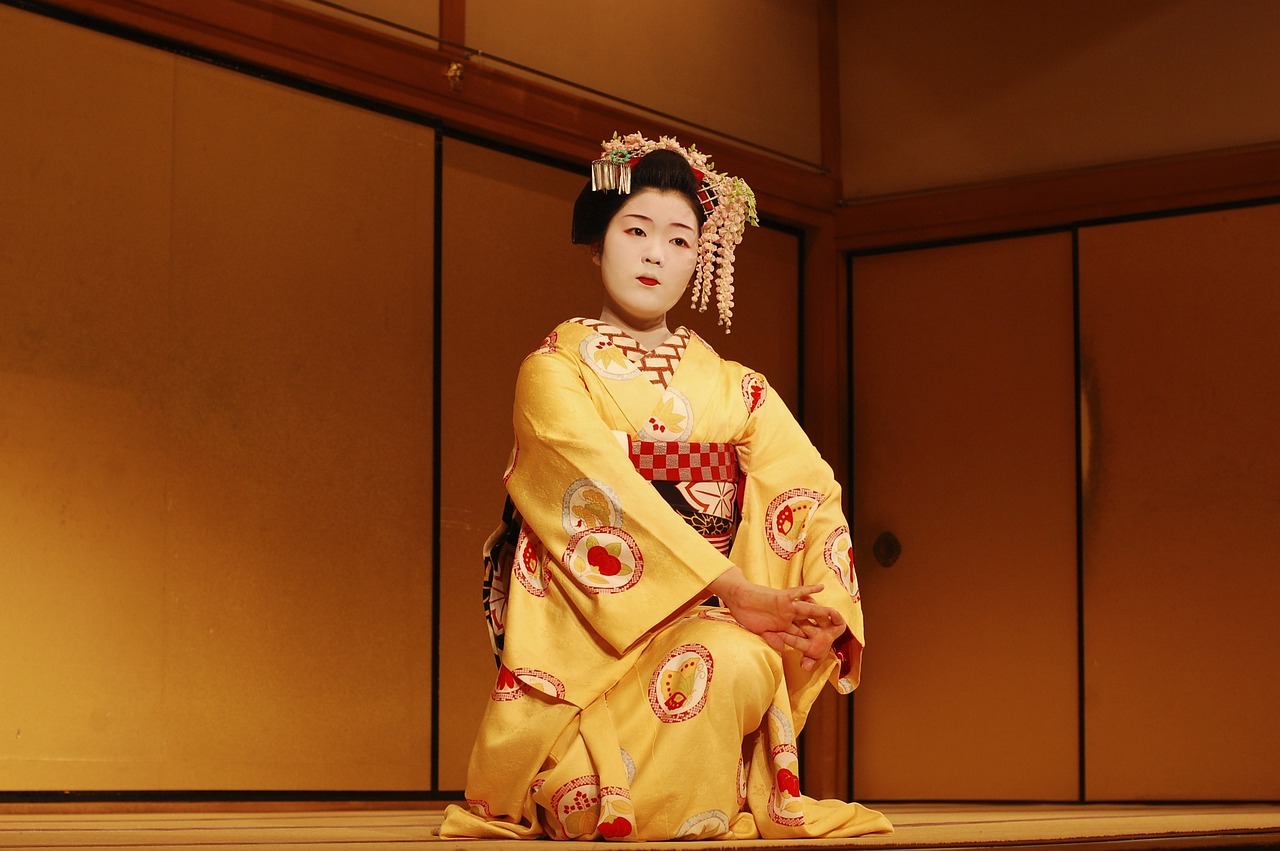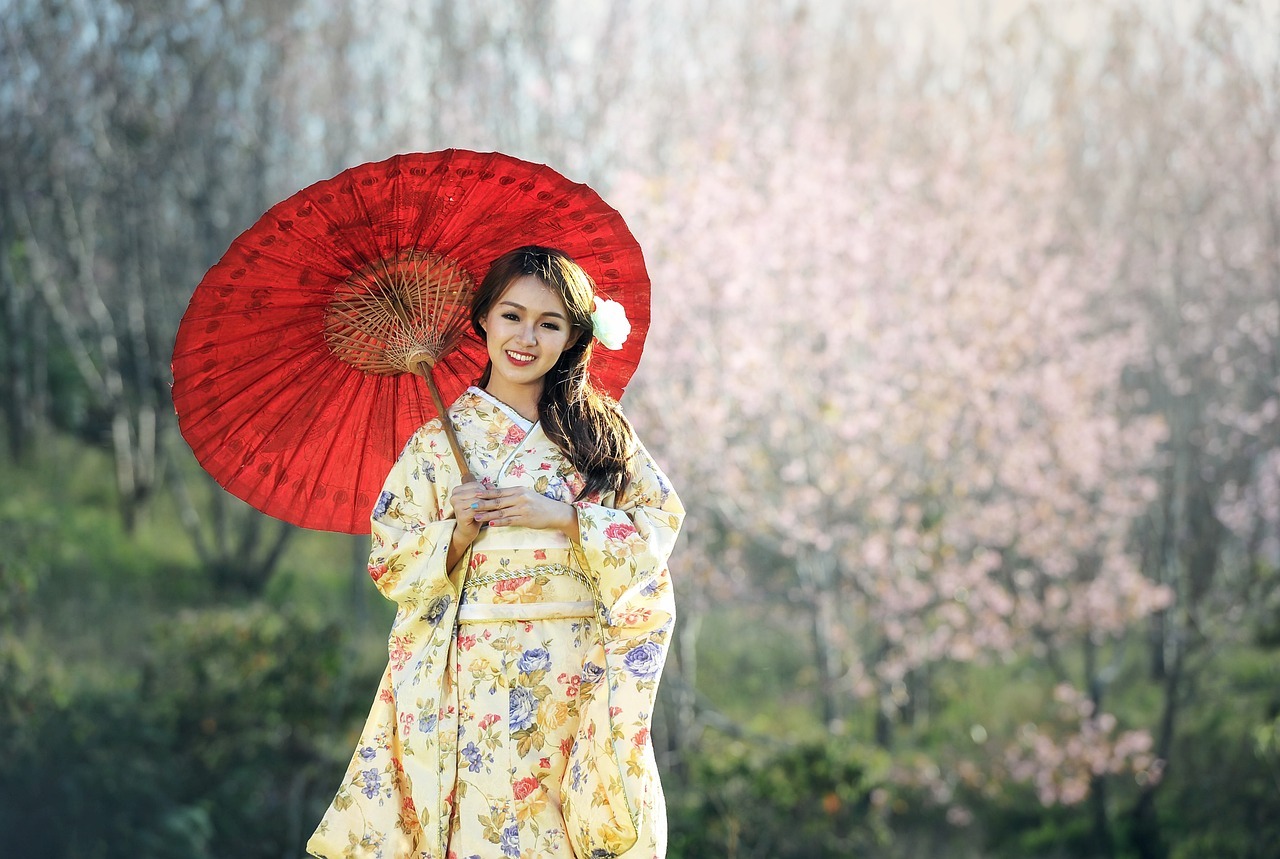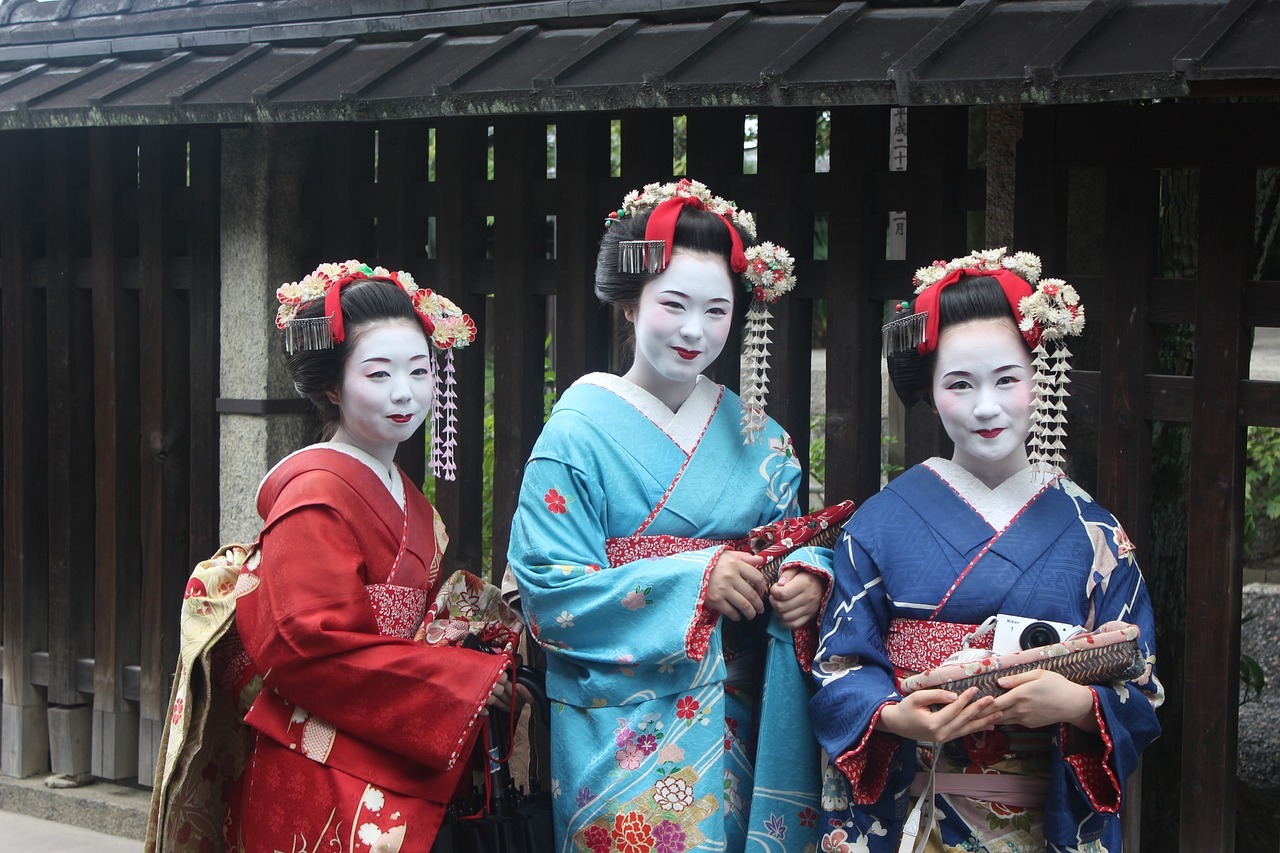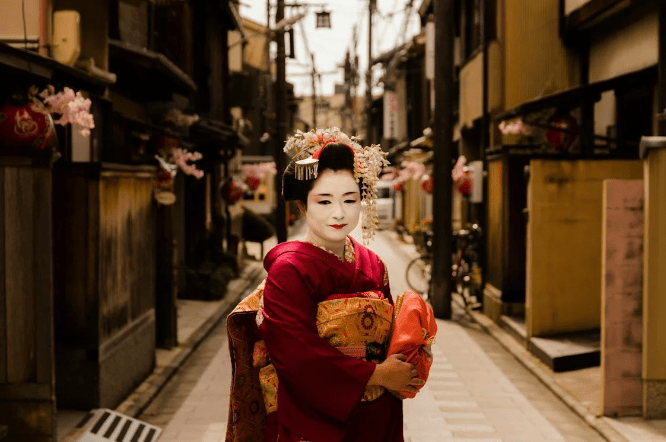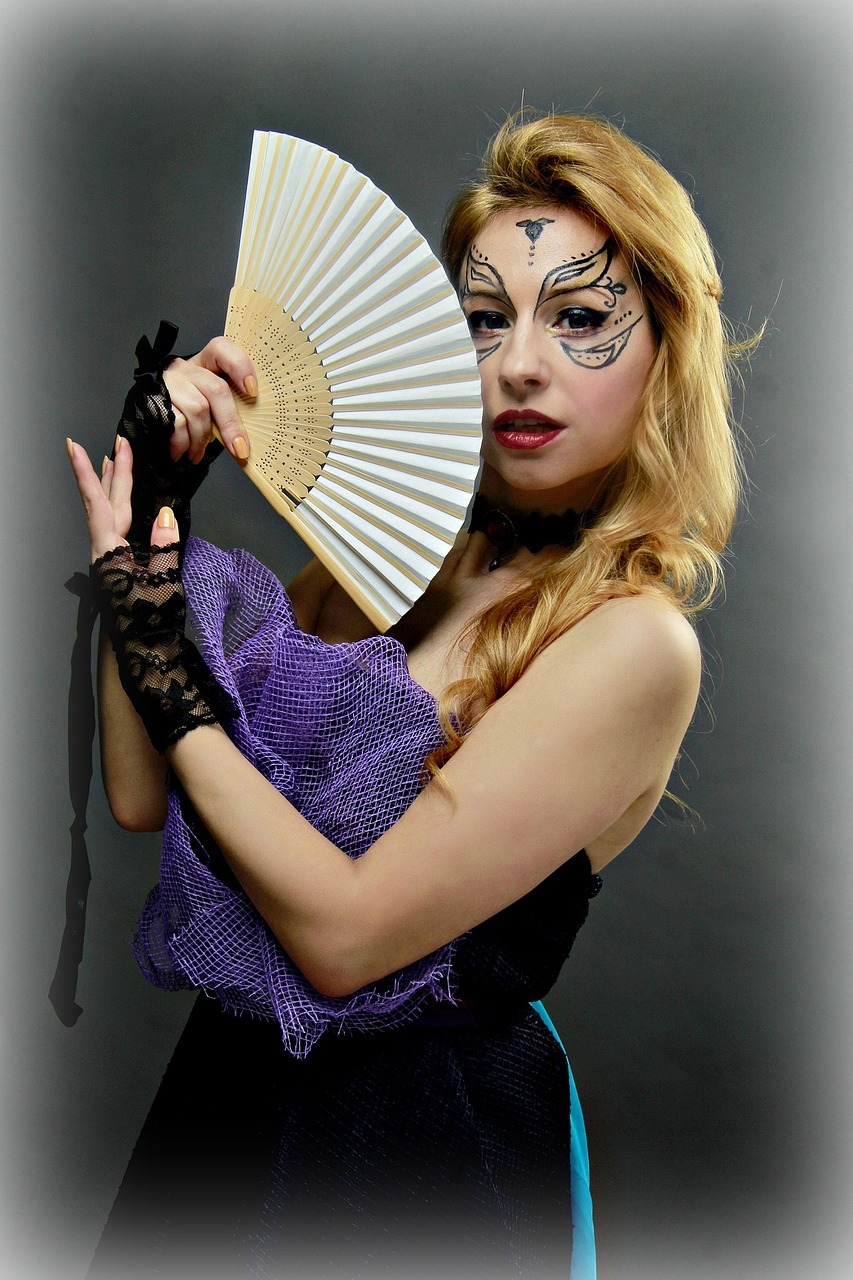Navigating the world of geisha tradition is like walking through a mist-shrouded garden; it’s easy to lose your way among the myths and realities that envelop it.
You’ve likely heard tales that paint geisha in light far removed from their true nature, but have you ever wondered about the threads of truth? Geisha are custodians of a rich cultural tapestry, weaving the ancient with the modern in ways that might surprise you.
Their role in contemporary Japan bridges past and present, challenging widespread misconceptions. Uncover the layers, and you’ll find a story that defies expectations, inviting you to look beyond the veil of mystery.
Geisha Origins Explained
Tracing back to the 18th century, geishas initially emerged as male entertainers, marking the beginning of a tradition that would evolve significantly over time. These early geishas set the stage for what would become a deeply rooted aspect of traditional Japanese culture. By the 1700s, the transition to female geishas began, reshaping the landscape of this cultural practice. You’d find them serving as assistants to high-class courtesans in Edo, engaging in traditional arts to entertain guests. This wasn’t just about entertainment; it was about preserving the rich tapestry of traditional Japanese arts and culture.
As geishas became more ingrained in the cultural fabric, they evolved into respected artists and cultural icons. They were trained meticulously in various arts, including dancing, singing, and playing traditional musical instruments. Their performances weren’t just entertainment; they were a celebration of Japanese heritage, showcasing the beauty and complexity of traditional arts.
Training and Transformation
Building on their historical roots, geisha candidates embark on a challenging journey of training and transformation around the age of 15 or 16, entering a world where traditional Japanese arts aren’t just learned but lived. This journey begins in an okiya, where you, as an aspiring geisha, dive into the rigorous process known as shikomi. Here, you’re tasked with mastering traditional Japanese arts, including dance and music, which are pivotal to your transformation.
Your training is both physically and mentally demanding, requiring unwavering dedication and discipline. It’s not just about learning to perform; you’re also becoming skilled in hospitality and entertainment, ensuring every gesture and word reflects the grace and elegance expected of a geisha.
As you progress, the transformation becomes evident. The culmination of your hard work is marked by your debut as a full-fledged geisha, signified by distinctive hairstyles and vibrant kimono. This moment isn’t just a change in appearance; it’s a testament to your mastery and commitment to the traditional Japanese arts. Through this journey, you become a living embodiment of an age-old culture, ready to captivate and charm with your refined skills and artistry.
Geisha Vs. Oiran Confusion
Despite their often conflated roles in popular culture, geishas and oirans occupied distinctly different positions in Japanese history and society. You might’ve seen them both portrayed in movies or books, but here’s the real scoop on how they differ:
- Oirans were high-ranking courtesans known for their elaborate hairstyles and luxurious attire, which set them apart from geishas.
- While geishas focused on the traditional arts and entertainment, like music and dance, oirans provided companionship, often in more intimate settings.
- Geishas and oirans held different roles and societal positions within Japanese society, with geishas being respected artists and cultural icons, whereas oirans were associated more directly with the pleasure districts.
- The distinction between geishas and oirans is crucial for understanding their respective roles and contributions to Japanese culture.
- Realizing these differences helps clarify the unique cultural significance each has contributed to Japanese society over the centuries.
The Western Misinterpretation
The Western misunderstanding of geisha culture has its roots in the post-World War II era, where the term ‘Geisha girls’ became widespread among U.S. soldiers, leading to significant misconceptions. You’ve likely heard the term before, perhaps not realizing its impact on how geishas are perceived. These soldiers, unfamiliar with the intricate traditions of geishas, inaccurately associated them with prostitution. This confusion was compounded by sex workers in Japan at the time, who sometimes posed as geishas to attract American clientele.
Notably, the practice of Mizuage, often misunderstood as a form of sexual service, wasn’t universally adopted across all geisha communities. It’s crucial to understand that geishas were, and are, distinct from prostitutes. Their primary focus has always been on arts and entertainment, not providing sexual services.
In 1958, significant reforms took place in Japan, outlawing prostitution and the commercial aspects of Mizuage. These changes helped clarify the professional and artistic nature of geisha culture, drawing a clearer line between the historical traditions of geishas and the misconceptions that arose during the post-war period.
Modern Geisha Life
Acknowledging the rich history and recent clarifications, let’s explore how the life of a modern geisha unfolds in today’s Japan. Primarily found in cities like Kyoto, Tokyo, and Kanazawa, these cultural icons have gracefully woven traditional practices into the fabric of modern Japan.
Meeting a geisha isn’t as simple as walking into a tea house; you’ll need an invitation and, usually, to go through a tour company or have connections with traditional establishments. But what does a day in the life of a modern geisha look like? Here’s a quick glimpse:
- Residing in cities like Kyoto and Tokyo, where tradition meets modernity.
- Attending private events, where they showcase Japan’s rich cultural heritage.
- Embracing digital platforms for promotion and to connect with a global audience.
- Undergoing rigorous training to master traditional arts and entertainment.
- Serving as symbols of Japan’s enduring cultural legacy.
These women not only embody the traditional Japanese culture through their performances but also adapt to the digital age, using social media and contemporary marketing strategies. In doing so, they ensure the survival and relevance of the geisha tradition in modern Japan.
Geisha Art and Entertainment
Delving into the world of geisha, you’ll discover that they aren’t just cultural icons but also masters of traditional arts like dance, music, and the tea ceremony. Their performances aren’t mere entertainment; they’re a vibrant tapestry of Japanese culture, woven with skill, grace, and decades of dedicated training. The geisha’s distinctive white makeup, elaborate hairstyles, and beautiful kimonos aren’t just for show. They’re integral to their art, enhancing the ethereal quality of their presence and performances.
When you attend a banquet or gathering graced by geisha, you’re not just there to eat and drink. You’re part of a centuries-old tradition, experiencing firsthand the essence of Japanese hospitality and refinement. These artists transform traditional tea houses into stages, offering immersive experiences that transport you to another era. It’s not just about relaxation; it’s about connecting with the heart of Japanese culture.
Geisha are revered not merely as entertainers but as esteemed artists and cultural ambassadors. Their dedication preserves the beauty of traditional Japanese arts, ensuring that these practices not only survive but thrive. In their hands, the arts of dance, music, and the tea ceremony remain vibrant expressions of a culture deeply rooted in history and tradition.
Myths and Realities
Despite common misconceptions, geishas are dedicated artists, not courtesans, committed to the preservation of traditional Japanese arts and culture. You’ve likely heard many myths about geisha culture, but it’s time to separate fact from fiction and appreciate the reality of these skilled performers.
- Geishas are trained artists: They undergo years of rigorous training in dance, music, and the art of the tea ceremony, far removed from the life of a courtesan.
- Accessible performances: Contrary to popular belief, performances by geishas aren’t exclusive to the wealthy elite but are accessible to the public in traditional tea houses.
- Distinct from Oirans: Geishas shouldn’t be confused with oirans, who were high-ranking courtesans. The focus of a geisha is on artistry and entertainment, not companionship.
- Preservation of culture: Modern geisha continue to dedicate themselves to the preservation of traditional Japanese arts, contributing to the cultural richness of Japan.
- Dispelling myths: Efforts are underway to correct misconceptions about geishas and ensure their artistry is appreciated and preserved for future generations.
Understanding these aspects helps you appreciate the true essence of geisha culture, beyond the myths and into the heart of Japan’s artistic tradition.
Spotting Genuine Geisha
Now that you’ve learned the truth about geisha culture, it’s important to know how to recognize a genuine geisha when you see one. The geisha tradition is wrapped in strict cultural etiquette and a profound dedication to the arts, making authentic geisha stand out through their traditional attire, refined skills, and unique mannerisms.
Here’s a quick guide to help you spot a genuine geisha:
| Feature | Genuine Geisha | Common Misconception |
|---|---|---|
| Attire | Elaborate kimonos and intricate hairstyles with specific ornaments. | Simple kimonos without detailed accessories. |
| Skills | Exhibits refined skills in traditional arts, such as dancing and playing musical instruments. | Lacks precision or grace in performances. |
| Etiquette | Adheres to strict cultural etiquette, displaying professionalism and grace. | May not exhibit the reserved and elegant mannerisms of a geisha. |
Observing these key differences can enhance your appreciation for the geisha tradition. Genuine geisha’s traditional attire is not just about beauty; it’s a reflection of their dedication and skill. Their adherence to strict cultural etiquette and their mastery of traditional Japanese arts exemplify years of rigorous training. Keep these pointers in mind, and you’ll be able to distinguish the true artisans of this ancient and revered profession.
Geisha in Today’s Society
In today’s society, geishas continue to be a cornerstone of Japanese cultural preservation, albeit facing significant challenges. As ambassadors of tradition, they navigate the delicate balance between the timeless allure of their art and the rapidly evolving landscape of modern reality. Here’s what you need to know:
- Geisha numbers are dwindling, with just around 1,000 left, primarily in Kyoto, underscoring the urgency for cultural preservation.
- Despite the decline, geishas remain vital in maintaining the rich tapestry of Japanese traditions within modern society.
- These highly skilled artists and cultural ambassadors captivate guests with their performances, embodying the essence of Japanese hospitality.
- Today’s geishas grapple with challenges like waning interest in traditional arts and the difficulty of finding successors willing to commit to their rigorous training.
- Efforts to conserve the geisha tradition are in motion, with cultural institutions and geisha schools striving to ensure its survival.
In the heart of Japanese society, geishas embody a living tradition, bridging the gap between the past and modern reality. Their role in cultural preservation is more crucial than ever, as they continue to enchant, educate, and engage with both locals and visitors alike.
Conclusion
You’ve now explored the complex world of geisha, from their historical roots to the modern-day challenges and adaptations they face. You’ve learned that geisha aren’t only skilled artists but also custodians of Japanese culture, constantly navigating between tradition and modernity.
By debunking myths and understanding their true role, you can appreciate the dedication and artistry of these cultural icons. Next time you spot a geisha, you’ll see more than a beautiful facade; you’ll recognize a living tradition.
